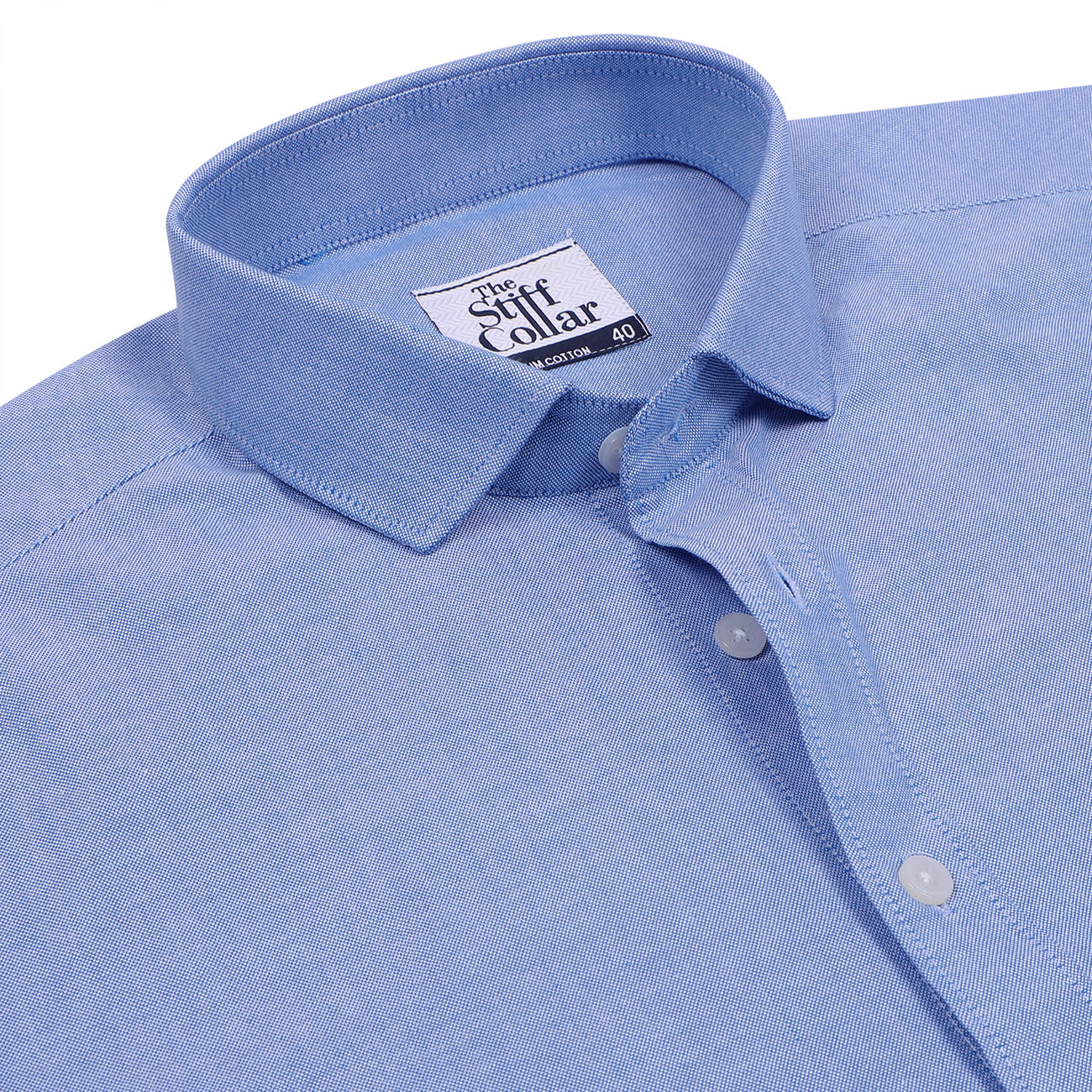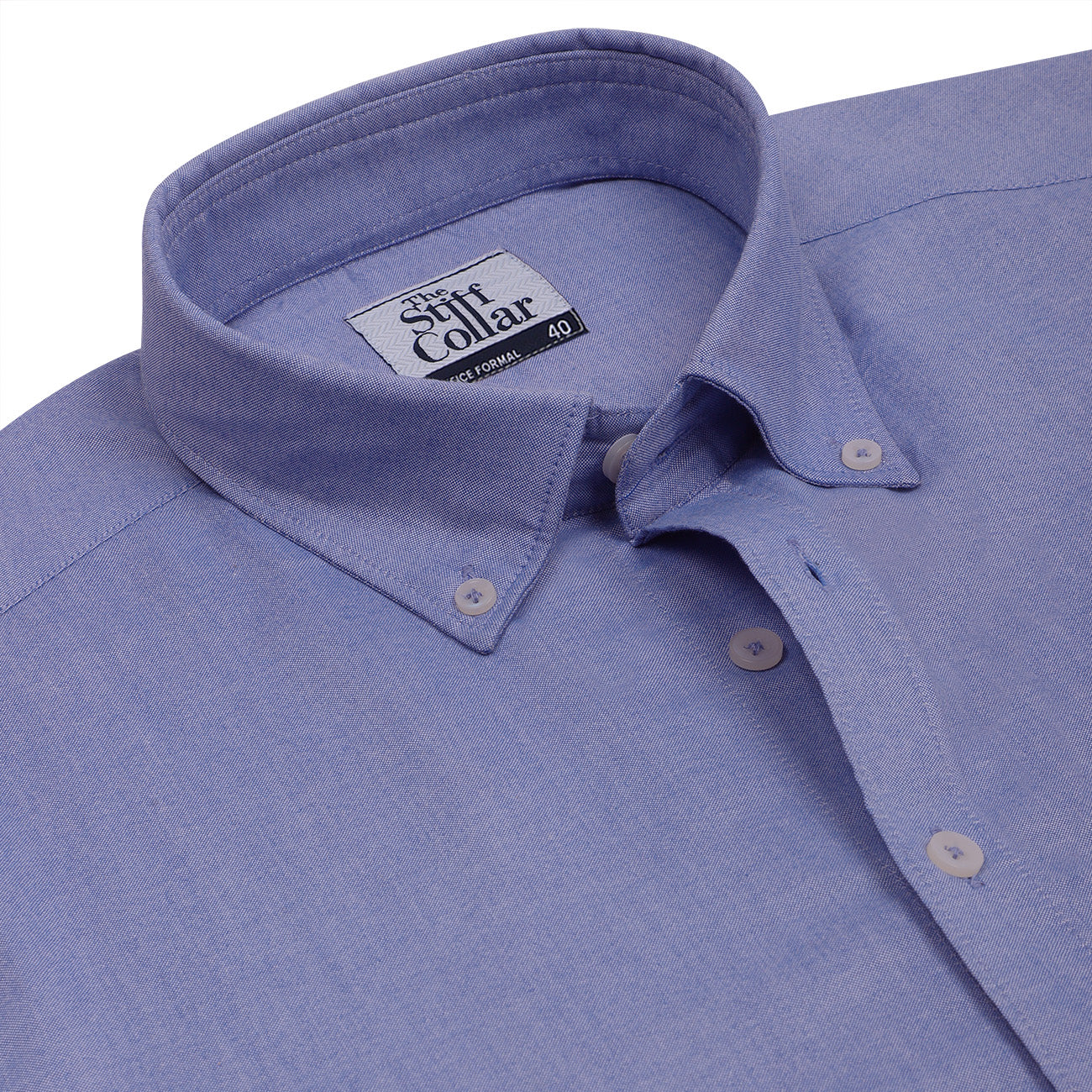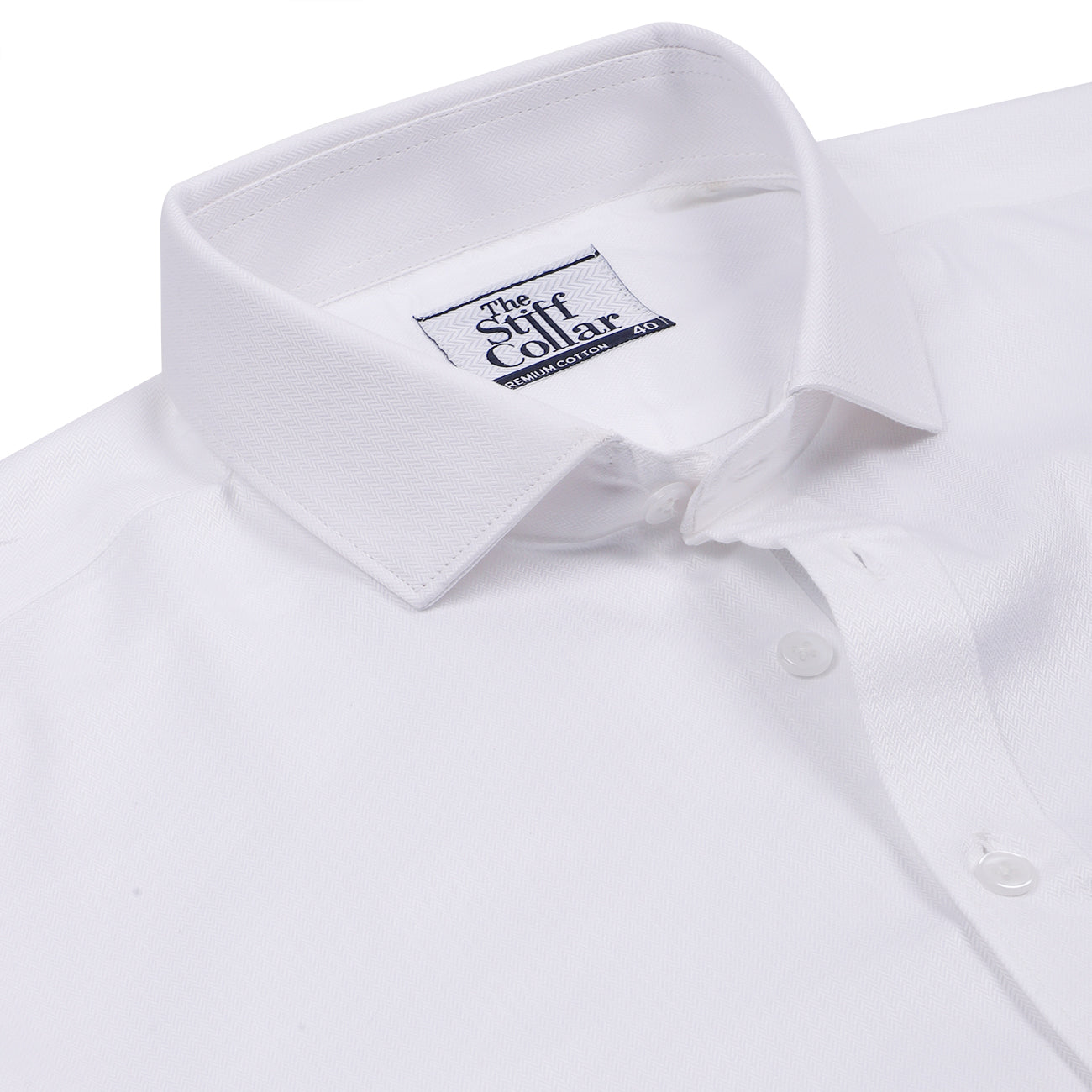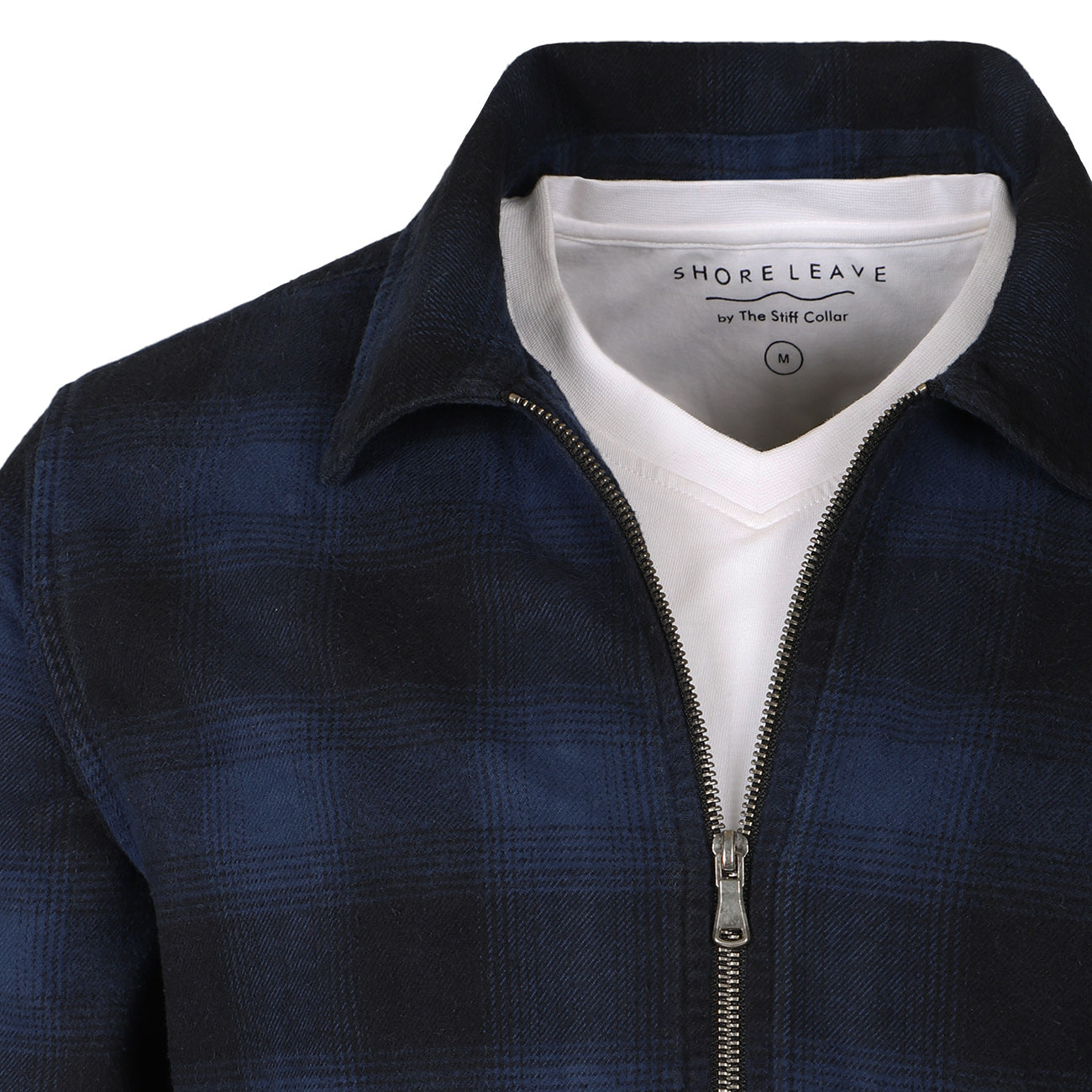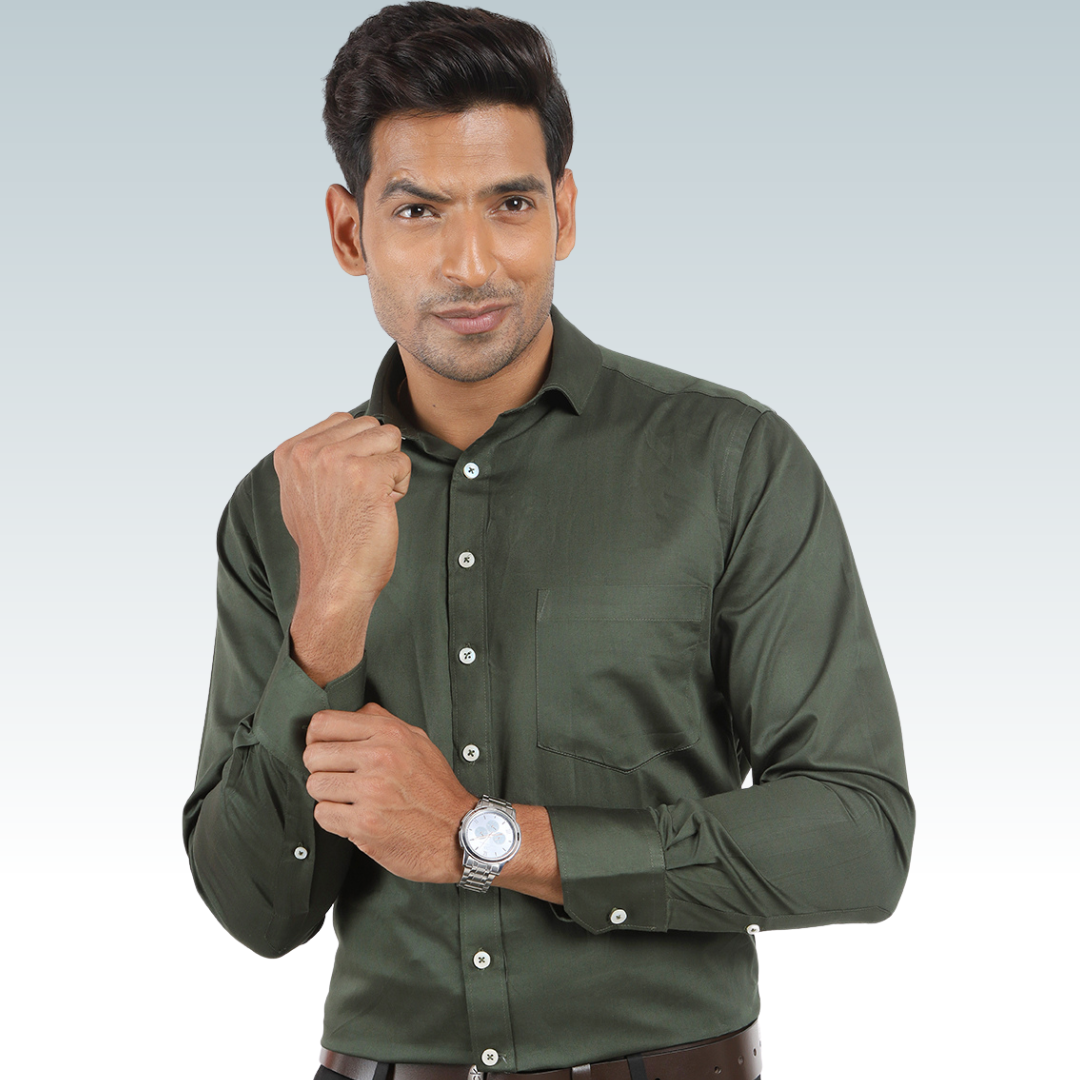Fashion fatigue
Have you ever opened the doors of your wardrobe, stared at the mounds of clothes inside, and remarked with desperation ‘I have nothing to wear!’?
Most of us have wardrobes brimming with clothes collected over the years. Some of them are firm favourites riddled with holes and fraying at the edges, others still have the tags on. But no matter how many pieces we own, we still feel that we are missing the adequate items for the occasion.
Whether it’s a date, a party, a family dinner, an interview, or simply a weekend at home, we are faced with a dilemma - we don’t know what we want to wear, but we know that nothing in our wardrobe will suffice. We continue to stare hopelessly into our cupboards, an overwhelming sense of weariness and exasperation growing while looking at its contents.

What’s the solution?
If you’ve reached the absolute peak of frustration with your wardrobe, then the only real solution is to salvage the few pieces you really like and to start again. Send the remaining items to a local charity or seek out a textile recycling centre. Sometimes the process of letting go of all those years' worth of collecting and consuming can be quite cathartic. As we strip the hangers clean, we start to feel a weight being lifted from our shoulders. As the years go by, fashions change, so too does our body, our activities, and our priorities. Starting with a fresh slate allows us to reestablish our identity and how we want others to perceive us.
What’s a capsule wardrobe?
A capsule wardrobe is a streamlined, limited collection of garments, purposefully and thoughtfully curated to reflect our personality, activities, and lifestyle. The idea is that ‘less is more’ and if one selects their garments cleverly, they can be worn in any number of different combinations to create different outfits for different settings. Developing a capsule wardrobe is the opposite of mindless consumerism. Each garment is chosen based on its quality, durability, and timeless style. It's not about continuously adding more and more garments or keeping up with the latest trends.

So what should we include?
- Plain white tee (regular round neck or v-neck)
- White dress shirt (either Oxford, Poplin, or Twill)
- Light blue dress shirt (either Oxford, or Chambray)
- Chino trousers (either Olive green, grey, or beige)
- A jacket (either bomber, leather, denim, or suede)
- A linen shirt with roll-up sleeves / short linen kurta
- Smart Indigo blue straight leg jeans
- Casual comfort fit bleached jeans
- Chino or seersucker shorts
- Casual t-shirt (either graphic print, or striped)
- Polo t-shirt with logo
- Navy blue woollen blazer
- Casual shirt (flannel, plaid, oversized, or denim)
- Smart lace up shoes (suede or leather)
- White sneakers
Tips
Stick to neutral understated colours like white, greys, beiges, earthy browns and rusts, navy blue, olive green.
Avoid purchasing items with a lot of detailing, embellishment, pattern etc, as these kinds of garments are statement pieces and can't be worn in in multiple ways. Low-key but well-designed garments are your best friend. Sleek lines and top-notch tailoring.

